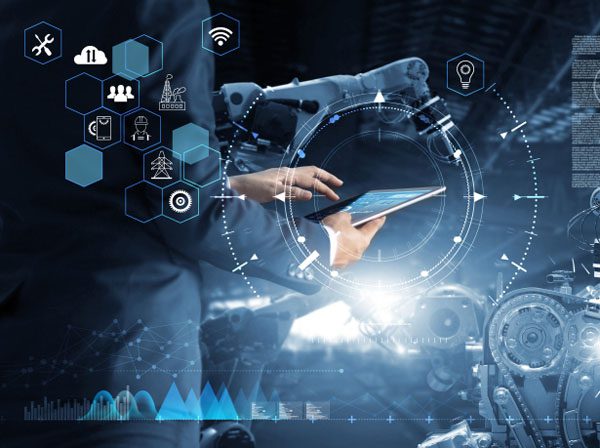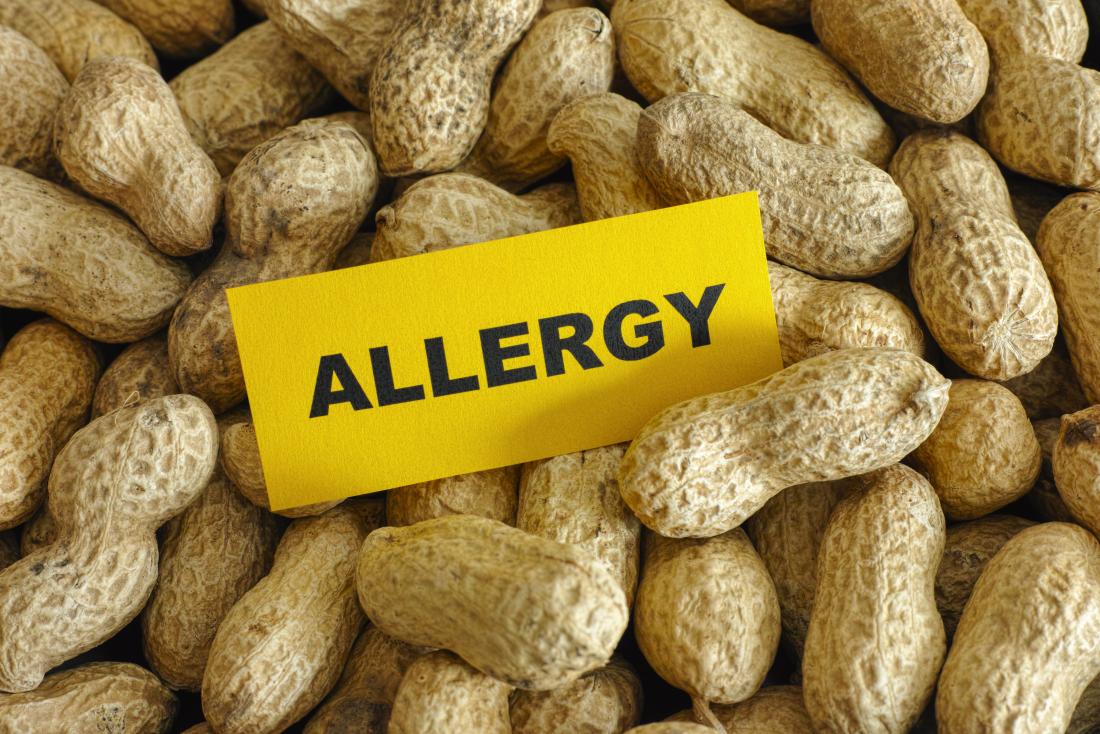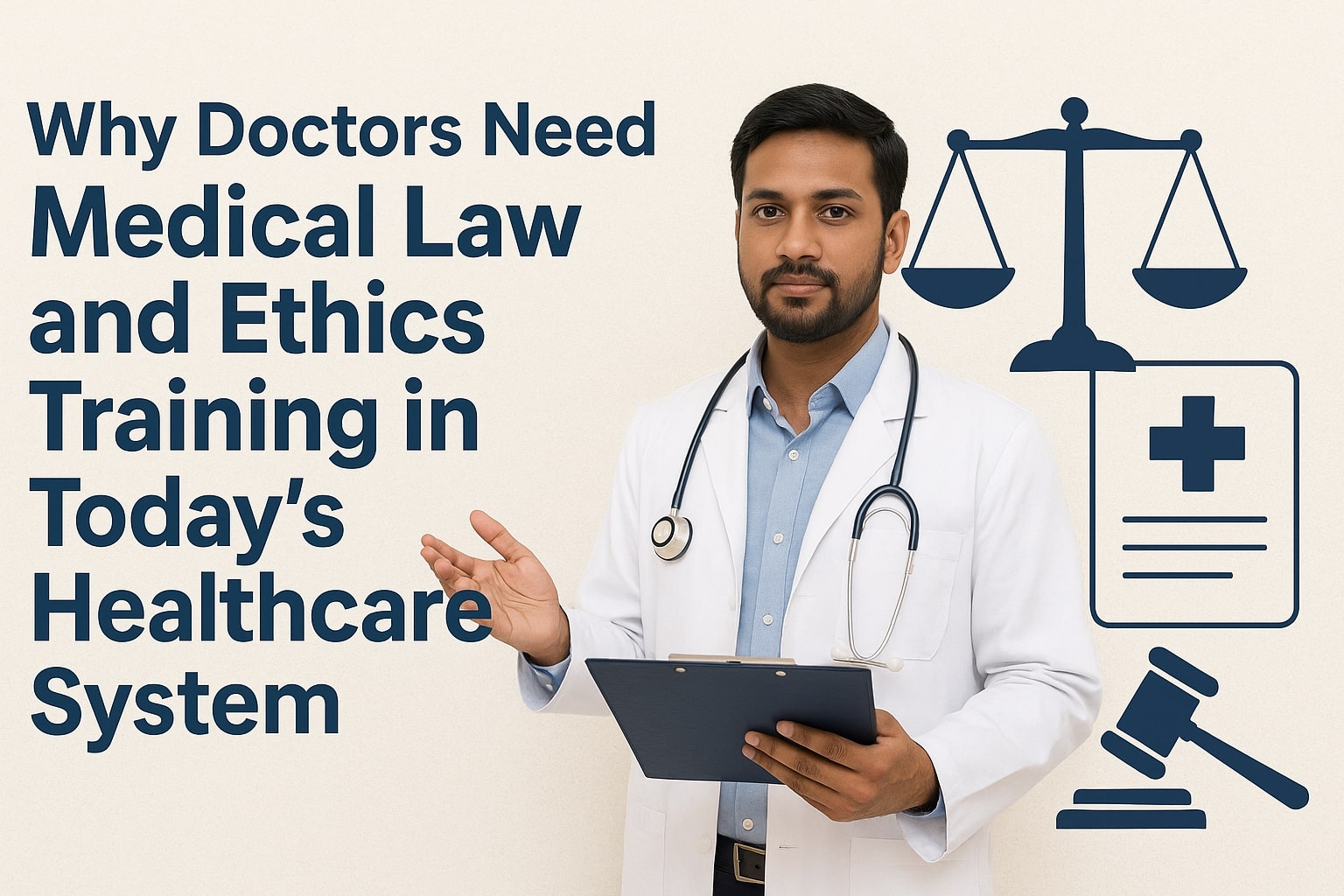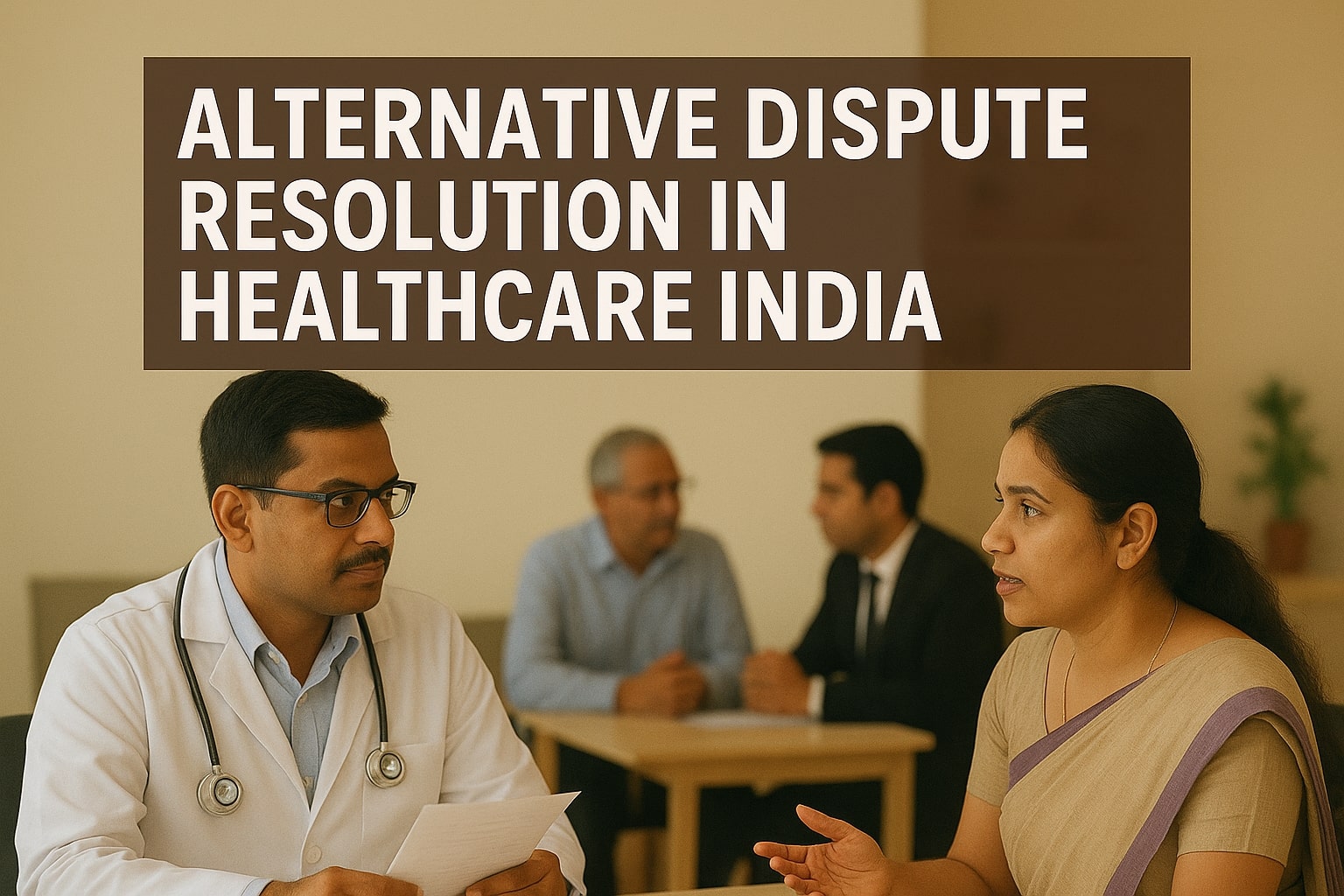How AI Is Shaping Humanitarian Healthcare for Quicker, Smarter Emergency Response
Artificial intelligence (AI) combines cutting-edge computing technologies that hold enormous promise for transforming how we respond to health crises. A recent comprehensive review in Frontiers in Artificial Intelligence outlines how AI can strengthen emergency healthcare systems, making them more adaptive and effective in the face of disaster.
Introduction
By working alongside other technologies, AI can improve the quality, speed, and precision of medical care during emergencies. It helps decision-makers allocate resources wisely, predict threats, and ensure timely support for communities at risk. This recent review analyzed two decades of research and real-world examples — from 2001 to early 2025 — covering infectious disease monitoring, disaster response, mental health support, robotics, and ethical considerations.
Expanding the Reach of AI in Crisis Healthcare
Faster, More Accurate Disaster Response
AI enhances how first responders tackle natural disasters like floods, earthquakes, hurricanes, and wildfires. For example, AI-driven drones used during the Los Angeles wildfires mapped fire spread in real-time, helping pinpoint the safest evacuation routes and ensuring that medical teams reached the people who needed them most. AI-based triage systems also made patient care more efficient, prioritizing critical cases like burns and smoke inhalation.
In refugee camps, AI is being piloted to forecast local disease outbreaks. Telemedicine tools powered by AI make remote healthcare possible when local systems are strained. In Jordan’s Zaatari refugee camp, the Children Immunization App (CIMA) uses AI to improve vaccination tracking. A study found that families using CIMA had a higher rate of follow-up vaccinations than those who did not, demonstrating its potential to reduce preventable disease spread.
Tracking and Controlling Infectious Diseases
AI systems can detect and predict outbreaks of diseases such as malaria, dengue, and tuberculosis by combining data on climate, migration, and local health trends. IBM Watson Health, for example, supports the ZzappMalaria app, which analyzes environmental data to find mosquito breeding sites. This allows for better targeting of control efforts and speeds up elimination campaigns.
Providing Mental Health Support
In crisis zones, mental health resources are often scarce. AI-powered chatbots like Wysa and Woebot deliver counseling based on cognitive behavioral therapy (CBT) and mindfulness techniques. These tools provide immediate, multilingual support to people struggling with trauma, depression, or anxiety after disasters.
AI also monitors social media and emergency hotlines for early signs of mental health crises, enabling rapid interventions. Simulations and AI-based training tools are now helping prepare mental health workers for high-stress, large-scale emergencies.
Robotic Care and Rehabilitation
AI-driven robotics assist in search-and-rescue operations, locating and helping trapped survivors in disaster zones. During disease outbreaks, robots can reduce infection risk by monitoring patients or delivering care remotely.
Robotic prosthetics and rehabilitative devices powered by AI are improving recovery and mobility for survivors. One example is UNICEF’s MERON app, which uses AI to detect malnutrition in children from images, streamlining diagnosis and follow-up care.
Improving Communication and Coordination
Language barriers can delay life-saving aid. AI-powered natural language processing (NLP) tools translate public health guidance, medical instructions, and emergency alerts, helping responders reach diverse communities more effectively. Systems like Google BERT and OpenAI’s language models already provide real-time translation, but they must be carefully managed to avoid errors and biases.
Streamlining Supply Chains
Efficient delivery of medical supplies, vaccines, and food is vital during crises. AI tools can forecast demand, reduce waste, and ensure supplies reach the right places at the right time. Organizations like the World Food Programme and Médecins Sans Frontières have started using AI analytics and drones to improve logistics and minimize resource loss in emergencies.
Securing Health Data
Blockchain combined with AI can provide refugees and disaster victims with secure, portable medical identities. This ensures people have access to their health records anywhere, supporting continuity of care. Pilot studies in refugee camps show that these digital identities reduce administrative hurdles and protect patient privacy.
Climate and Disaster Forecasting
AI can process large volumes of environmental data to forecast extreme weather events like floods, heat waves, droughts, and locust swarms. Google’s Flood Forecasting Initiative uses AI to provide early flood warnings in countries like Bangladesh and India, helping communities prepare in advance. In parts of Africa, AI models are also helping predict locust swarm patterns to protect crops and strengthen food security.
Navigating Ethical and Practical Challenges
While AI offers clear benefits, the review stresses the importance of addressing its risks. Bias in AI algorithms can lead to unfair distribution of aid or health services, especially for marginalized groups. Ensuring that training data is diverse and that algorithms are transparent and monitored is essential.
Privacy and accountability are other critical areas. Who bears responsibility for an AI-driven medical decision — the clinician, the developer, or the aid organization? In addition, digital solutions rely on stable internet and technological infrastructure, which many crisis-affected communities still lack.
To make AI in humanitarian healthcare fair and safe, experts call for stronger regulation, inclusive governance, and human oversight. The goal is to ensure that no population is left behind as digital health technologies continue to advance.








